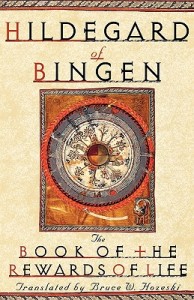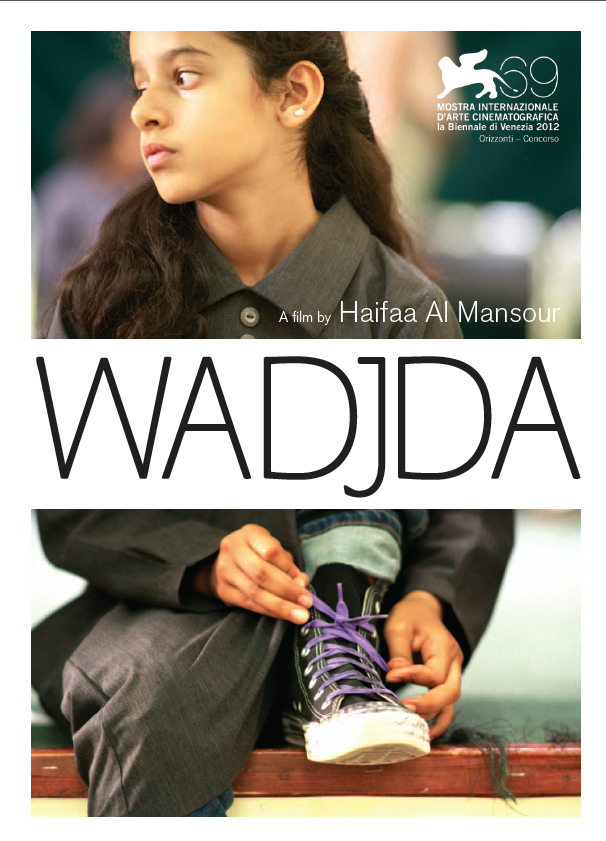
I recently came across the mother-in-law prenup, in which a mother of a little boy jokingly lists the things her future daughter in law must agree to in order to marry her son. The basic underlying premise of the post is as the writer puts it,
We have to take a stand against son stealing right now.
Of course, she’s half-kidding and the post is humorous—but the thing is, you know that the fact that she’s half-kidding means she’s also half-serious. And the fact that she’s half-serious is, quite frankly, pretty scary.
Especially if you’re a girl who plans to ever marry a boy.
But I’m already married and my mother in law and I get along great. So when I read the post, it didn’t scare me for my sake. It scared—no rather, alerted—me for the sake of my son. I had recently found out I was having a son when I read it and all I could think was:
Please God don’t let me be anything like this woman.
But the scary truth is that this woman’s feelings are natural. If you scroll down to the comments you may be surprised how many women agree with her and have genuine anger towards their daughter/future daughter-in-laws— sometimes because they have been genuinely mistreated, but often simply because a daughter-in-law guarantees that you’re no longer the number one woman in your son’s life. And that hurts. When you’re no longer the most beautiful woman in the world to your son, when you’re no longer his source of everything, it hurts. Because you’ve lost something that gave you meaning and value. And that loss is real. And as with any loss, in that moment, a mother is presented with an existential crisis:
What is my purpose?
Now the typical human response to this question, in any situation of loss or change, is to not really address it. We either live in denial and keep acting as if the relationship is as it once was, or we deflect our pain through anger at another person. Both of these reactions lead to unhealthy relationships between mother and son, mother and daughter-in-law, and in general, unrest within the family. Even in those circumstances where the feelings are completely hidden (or only revealed in jokes and/or side comments and gossip) they are still doing damage by not being dealt with and remedied. Any time we have hatred in our hearts we are doing damage because we aren’t open to love. So there is no question, that even if the feelings described in the blog post may be understandable, they must be stopped. The question is: how do we stop them? Well, I believe it starts with answering the existential question honestly. And most importantly, answering it long before circumstance shoves it in our face.
My experience as a mother is obviously incredibly small and I know I can’t begin to grasp all the feelings and pains and joys that come with motherhood. But I am a human being. And so therefore I do understand the feelings and pains and joys that come along with love. And that’s what motherhood is all about, really. Love. The problem is, human beings don’t always understand how best to love. We are overcome by the feelings of it all and in the process forget the point of it all. It is wonderful to be loved, but we twist our hearts into a mess the moment we value that feeling we get above the other person’s well-being. We set our psyches up for trauma the moment we allow that feeling we get to completely define us. Because the feeling is never guaranteed to stay. That little boy is going to grow up. One day, quite soon, he may ask me to marry him. And then twenty quite soon years later he may be asking another woman instead. That sweet and tender feeling that I will get from having this adorable little creature depend entirely on me will one day be somewhat taken from me. And that is a fact that absolutely must be dealt with. I must ask myself, now, how I will deal with it then. I must decide that something else is more important than those tender feelings. For tender feelings are not the substance of love.
Tender feelings are beautiful. But they are only the product of love. Love has to be bigger than that. Love has to say I’m going to love you even when you do not give me tender feelings—or, in this case, when you give your tender feelings to someone else. If anyone says this, it is usually mothers and fathers. They get this better than any of us do. Partially because their natural instinct is a little more selfless. But it is not enough to go off of instinct because instinct only takes love so far. If we want to learn to love, we have to consciously decide to do so. Even when it hurts us. Even when we feel rejected. Even when that rejection comes from the human being who we have literally given everything to.
And if we learn to love like this, if we learn to love above and beyond the tender feelings, we will receive an even greater peace and joy, because we are living as we should. We are living the way a human being was meant to live.
And what’s cool about it is that oftentimes when we do learn to love like this we end up finding even more tenderness. We may deepen and enrich our existing relationships or even discover new ones (like a relationship with an in-law.) I hope that one day my son grows up and finds a wonderful woman to spend his life with. Because his happiness, not primarily the tender feelings we share, but his happiness beyond me, is my purpose in his life. If I don’t live up to that purpose, neither of us will ever know our own true potential or the potential of our relationship. He may be a mere three or so pounds right now, and he may have never known anything outside of the little crib he nestles in inside of me—but true love has to start now. Or before I know it, as all experienced parents warn, I’ll be watching him walk down the aisle. And I want to be, as my parents and in-laws were for me, brimming with happiness. I want to be able to watch him give himself to her and think this was the point of it all. This was why he asked me to marry him. So he could learn how to marry her.








 As Campbell journeys in search of her own feminine expression, she discovers and shares the story of six women from her Catholic faith tradition, most of them not biological mothers themselves, but each a saintly expression of the abiding love for humanity so often identified as the natural genius of women. Campbell travels with these women through the small and enormous challenges of daily life: work-family conflicts, deteriorating illness in a beloved parent, infertility and longings to control and command fulfillment of wishes. Figures like Teresa of Avila, a sixteenth century “party girl with the gift of gab and no shortage of male admirers” (14) and Maria Faustina, “a mousy-looking, barely literate nun,” (65) each become role models, spiritual mentors and true beacons of hope for Campbell as she progresses in her search.
As Campbell journeys in search of her own feminine expression, she discovers and shares the story of six women from her Catholic faith tradition, most of them not biological mothers themselves, but each a saintly expression of the abiding love for humanity so often identified as the natural genius of women. Campbell travels with these women through the small and enormous challenges of daily life: work-family conflicts, deteriorating illness in a beloved parent, infertility and longings to control and command fulfillment of wishes. Figures like Teresa of Avila, a sixteenth century “party girl with the gift of gab and no shortage of male admirers” (14) and Maria Faustina, “a mousy-looking, barely literate nun,” (65) each become role models, spiritual mentors and true beacons of hope for Campbell as she progresses in her search.
